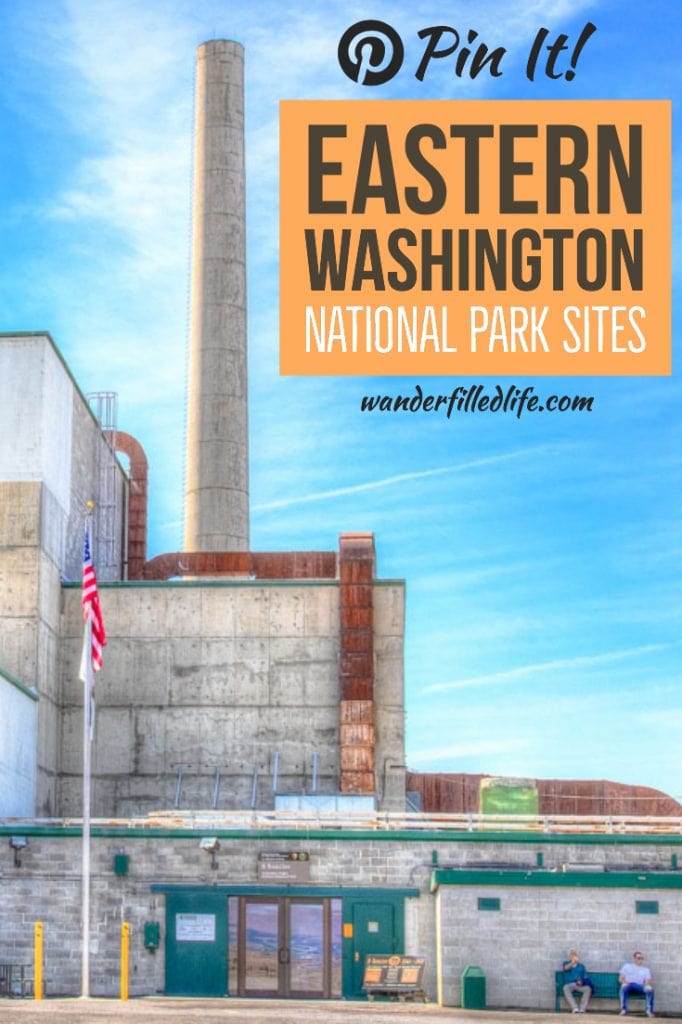Last Updated on September 5, 2023 by Grant
The rolling, undulating hills of eastern Washington state are home to more than just farms, apple orchards and vineyards. The region is also home to three diverse National Parks sites which tell the stories of early pioneer life along the Oregon Trail, preserving the delicate peace between the settlers and pioneers and the race to end World War II. And, if you hop just across the border into Idaho, you will find a site dedicated to one of the most famous of Indian tribes.
Check out our full Washington National Parks itinerary.
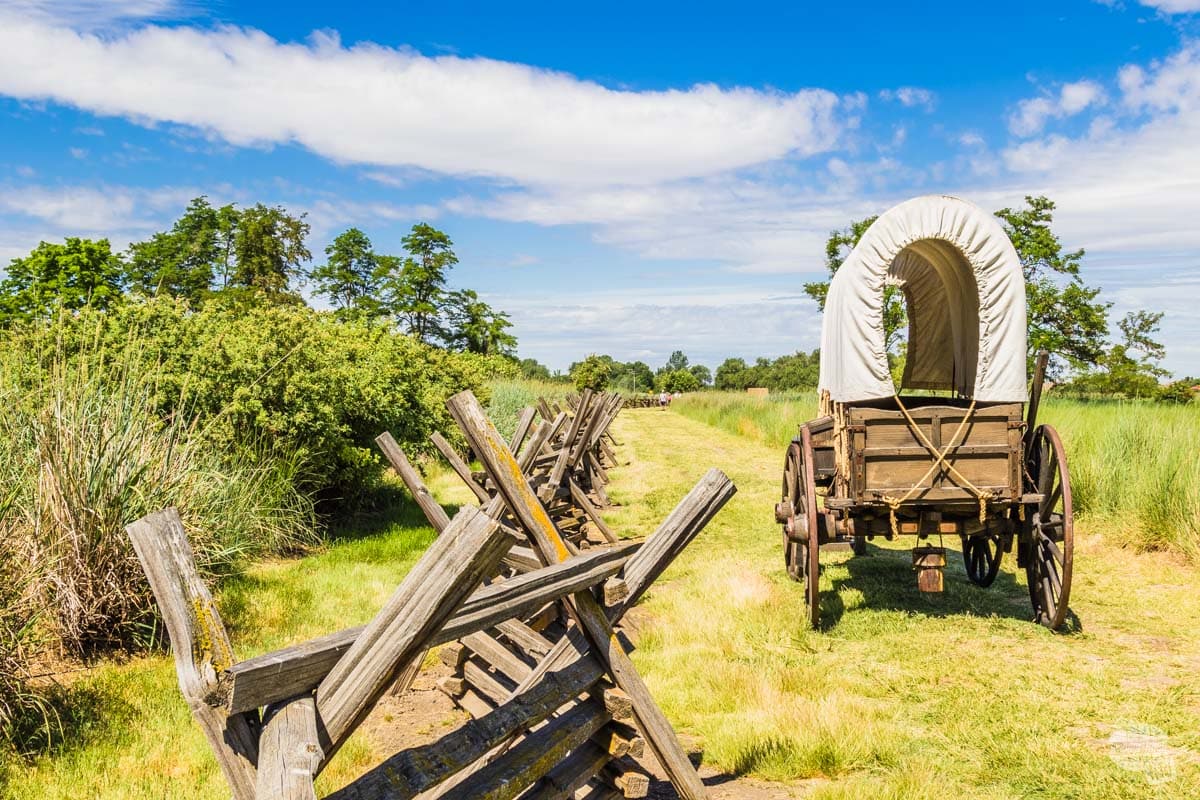
At the heart of all of these NPS sites are the rivers. One of the first lessons you learn when traveling through eastern Washington is water is the key ingredient which drives this area. The great river, the Columbia, and its tributaries, the Clearwater, the Snake and the Walla Walla Rivers all play a part in the stories these sites tell.
Eventually, all things merge into one and a river runs through it.
-Norman Maclean
Maclean was talking about Montana, but he could have just as well been talking about the Columbia River in Eastern Washington.
(Disclaimer: When we link to places where you can buy our stuff or places we stayed, we are using special codes that earn us commissions on the sales at no additional cost to you. Please see our Review Policy for more information.)
Manhattan Project National Historic Site – Hanford Site
Located in Richland, this site would not be here were it not for the Columbia River and lots of nothing else around it for miles. The government chose this as the place to build a nuclear reactor to harvest plutonium during World War II. The government built the Nagasaki bomb with plutonium made here.
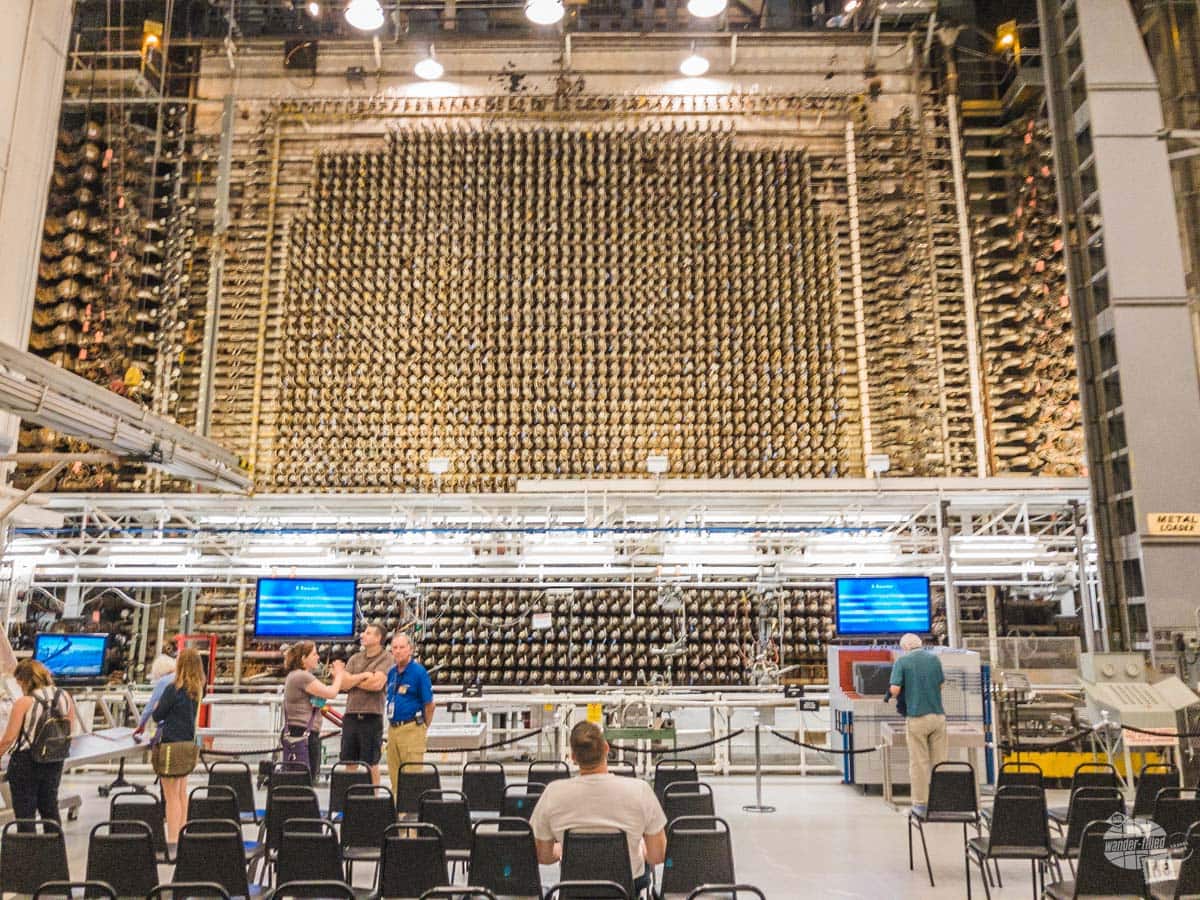
The “B Reactor” was the first full-scale plutonium-producing reactor in the world. It operated from 1944 until 1968 and it, along with several other reactors at the Hanford Site, created plutonium for the US nuclear arsenal.
Touring the site was fascinating. If you had told me I would have the opportunity to tour a decommissioned, plutonium-producing nuclear reactor, I would have laughed. I would never have guessed it was even possible, much less without significant safety gear.

But the Department of Energy cleaned “B Reactor” and it is safe to tour! And what a tour it was. When you walk in, a massive, several story-tall reactor confronts you immediately. This is where you get the orientation talk from the docents about how the reactor operated.
The docents are all former employees from the Hanford Site and they are a bevy of information.

Once the orientation talk is over, you are free to wander throughout the site. There are exhibits on just about every aspect of the reactor, from office space to the meltdown prevention measures. The site can be a bit maze-like, but the provided map will help you navigate with ease.
At various times, the docents will spend the time to talk about both the control room and the valve pit, vital locations for the operation of the reactor. Be sure to make a point to catch both of those talks.
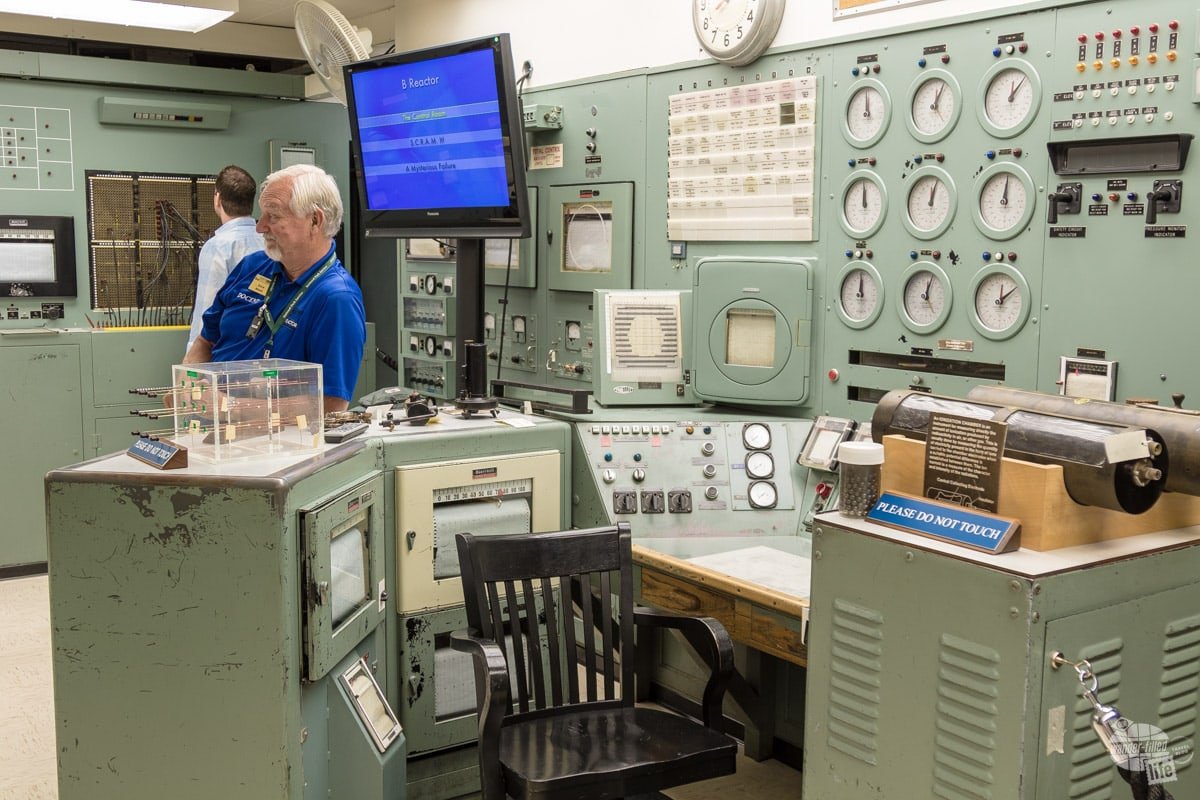
The total tour lasted about three hours, including the bus ride out and back. You need to reserve a spot for the tour in advance, but it is free.
Whitman Mission National Historic Site
Located near Walla Walla and just off the Walla Walla River, this site tells the story of a missionary couple who traveled across the continent in 1836 to bring Christianity to the local tribes.
Dr. Marcus and Narcissa Whitman established the mission in a beautiful spot called Waiilatpu. There they preached to the local Cayuse Indians. At first, things went well. The Cayuse were interested in learning about Christianity.
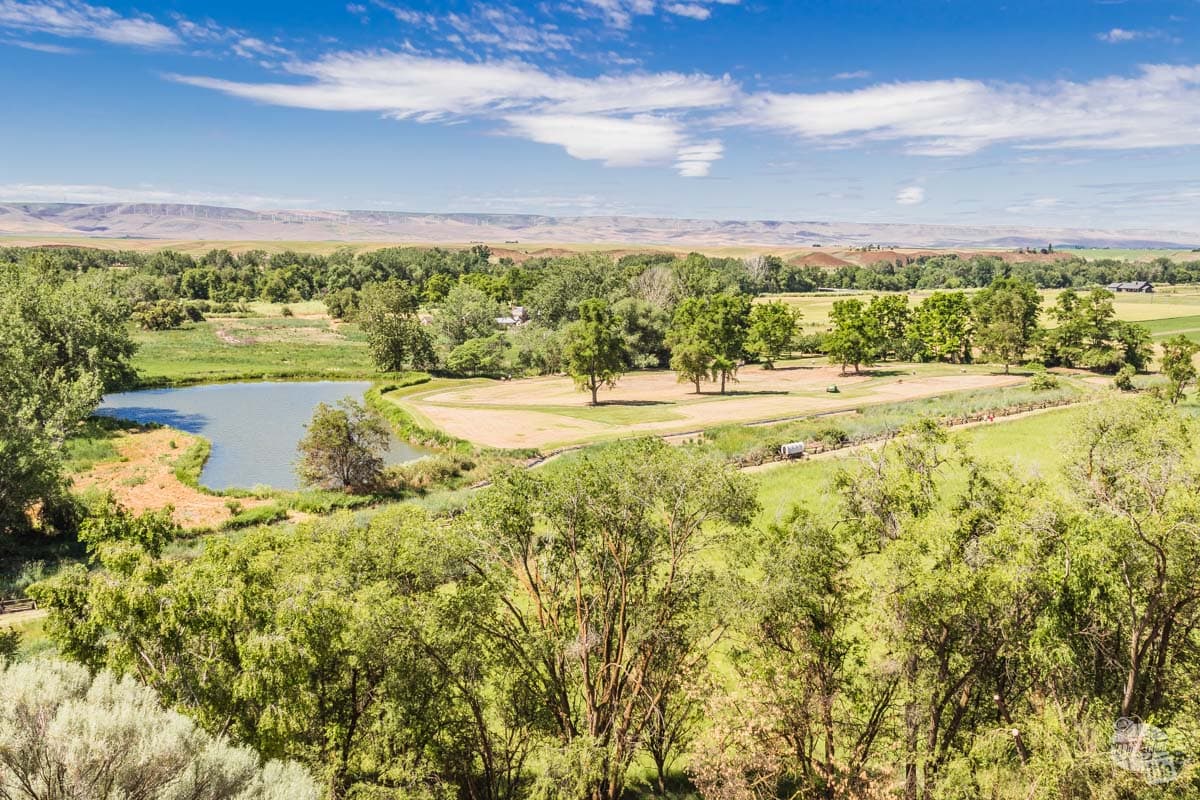
Soon, however, things began to fall apart. The Whitmans preached a very aggressive form of Christianity and held any wavering on the part of the Cayuse in poor regard. The Whitmans also had difficulty working with the Cayuse’s seasonal migrations.
The mission flourished and became an important stop on the Oregon Trail. But with new settlers came diseases. Dr. Whitman seemed able to treat the white settlers coming through, but the Cayuse died regularly due to not having any immunities at all to the diseases.
In 1847, a measles outbreak brought by settlers killed half of the local Cayuse band. The band had previously told the Whitmans they should leave but the massive death rate combined with far fewer casualties among the white settlers forced the hand of the Cayuse.
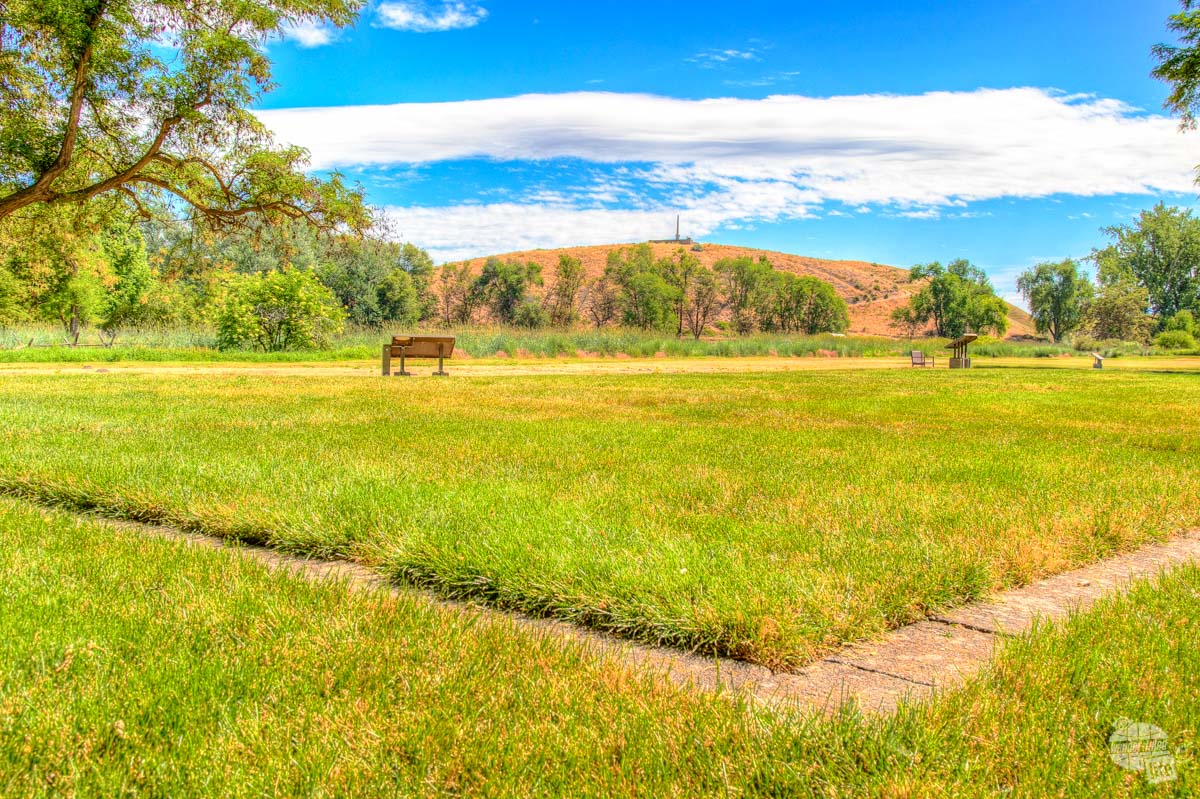
The Cayuse attacked the mission, killing the Whitmans and 11 others and taking 50 as hostages. The murders led directly to a brief war against the Cayuse, the end of Protestant missions in the Oregon area and the creation of the Oregon Territory.
There is not much other than the foundations of the buildings remaining, a grave marker and a memorial erected on the hill above. That said, the visitor center has great exhibits and the film does a fabulous job telling all sides of the story. Plan on spending an hour or so visiting.

Lake Roosevelt National Recreation Area
The Grand Coulee Dam turned a large part of the Columbia River into the long, slender Lake Roosevelt stretching 129 miles through eastern Washington.
As with most National Recreation Areas, the emphasis at Lake Roosevelt is on boating, with 15 boat launches and four marinas. There are also plenty of campgrounds (26), with a few boat-in only sites.
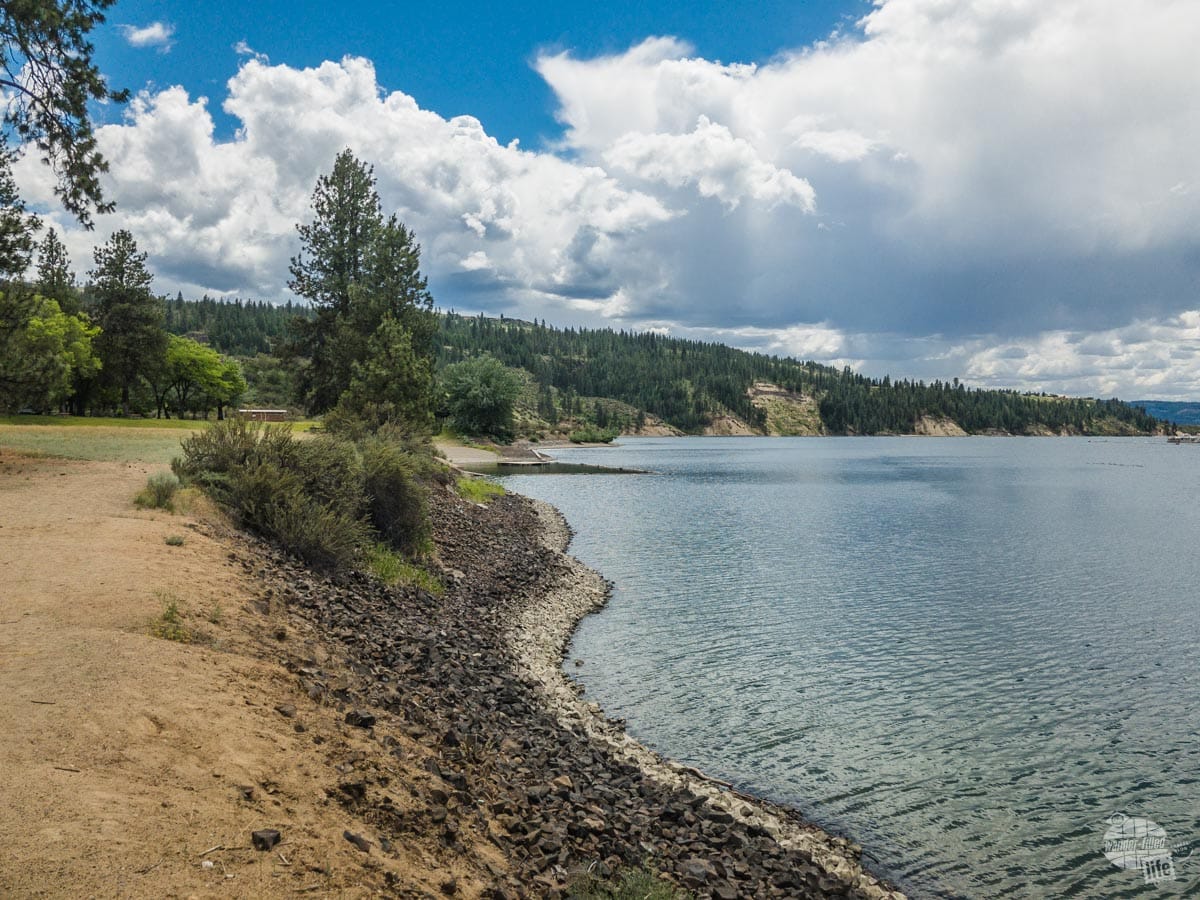
If you aren’t there for the water, there’s honestly not that much to do. We visited Fort Spokane, a frontier fort built to keep the local Spokane and Colville Indian tribes on their reservation and the local settlers out of the reservations.
In terms of things to see at Fort Spokane, there’s the guardhouse, which houses the visitor center. The exhibits do a great job of telling the story of the fort.
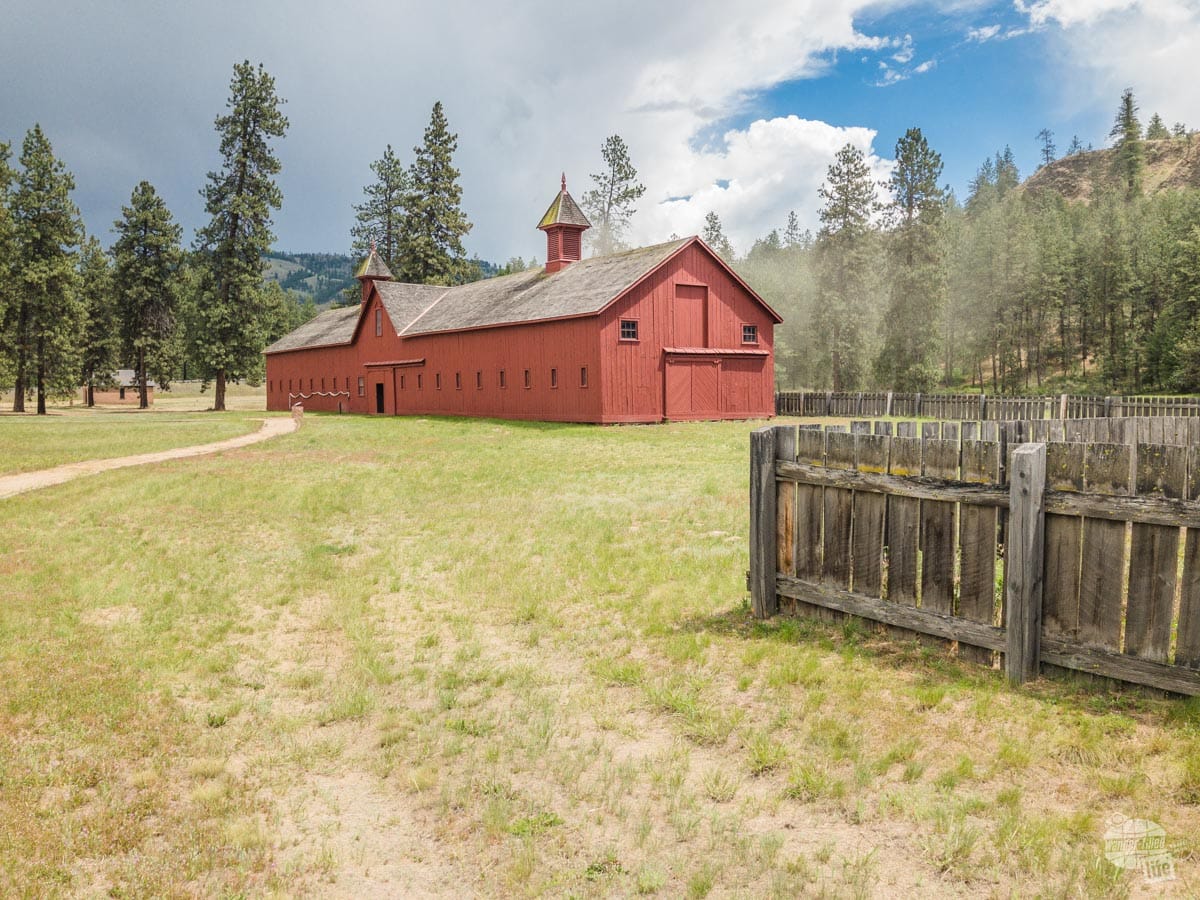
By 1898, the Army decommissioned the fort and transferred to the Bureau of Indian Affairs to be used as a school. It was a boarding school and not very popular among the local tribes. The bureau forced the students to abandon their customs and language and taught trades.
Other than the guardhouse, the only structure remaining is a stable. You can tour the parade ground where there are signs for where all of the remaining buildings are located.
If you are not planning on fishing, boating or camping, you can plan on spending less than an hour here.
Nez Perce National Historical Park
Just across the Idaho border is the visitor center for the Nez Perce National Historical Park. This park is more than a bit different. It preserves 28 sites across four states. Some of these sites are not much more than an overlook. Some of are full-fledged battlefields from the Nez Perce War, like Big Hole National Battlefield. But each site tells the story of the Nez Perce people.

We have visited a few of the sites, like Lolo Pass and Big Hole, but missed Bear Paw Battlefield (grr… drove right by and didn’t realize the significance at the time) and have a lot more to see.
The visitor center provides an overview of the sites, plus offers a bit of insight into the Nez Perce people.

You can walk (or drive) down by the Clearwater River to see the old, local Indian Agent’s house. There is a small park there as well. Plan on spending about half an hour and keep the map for future travels. There are a lot of cool sites to see scattered through Oregon, Idaho, Washington and Montana.
Final Thoughts
These sites are spread out and require quite a bit of driving, plus there is no central location to be able to visit them all. We struggled with some of the driving distances we encountered. Richland, where the Manhattan Project NHS is located, is a pretty good starting off point, but seeing these sites might be best done by a more loop-style trip than trying to stay in one or two locations.
Still, in every location, we learned something more about ourselves and how we came to be as a country.
Check out our full Washington National Parks itinerary.
Travel Resources
What do you use to find a flight?
We use Skyscanner to find deals on flights. Skyscanner has a great interface and compares tons of airlines for the best pricing and routing. That said, it does not always have every airline and some airlines will have better deals on their website. Still, Skyscanner is a great place to start.
Click here to search for a flight.
What do you use to find a hotel?
We typically stay at Hilton properties, so we use the Hilton website. You can find good Hilton Honors discounts or AAA discounts for a hotel there. We make great use of our free night certificates from our Hilton Honors American Express.
Click here to book a Hilton property.
If there are no Hilton properties available, we use TripAdvisor to read reviews and book the hotel. We find we can get the best price that way.
Click here to search for a hotel.
We recently partnered with Stay22 to add interactive maps to each of our destination posts. This will allow you to see a plethora of hotels and vacation rentals all in one responsive map of the area.
What if I need more space than I can get at a hotel?
We use Vrbo for the times when we have rented a cabin for a weekend getaway, like this cabin in Townsend, TN, or needed to rent a house for a large family vacation. We had a great experience with them in terms of refunding deposits when COVID hit and will continue to use them.
Click here to search for a vacation rental.
Who do you use for rental cars?
As a general rule, we book with Hertz for rental cars. We have had nothing but good experiences with them. Plus, we really like unlimited mileage and not worrying about crossing state lines. We have even rented from Hertz overseas in both Slovenia and Croatia.
Click here to book a rental car.
How about booking a cruise?
We have found some amazing prices for booking a cruise through Cruise Direct. We have saved a lot of money on our cruises compared to what we found elsewhere, making a last-minute Bahamas cruise even cheaper.
Click here to book a cruise.
What if I want to rent an RV?
We highly recommend Outdoorsy for RV rentals. We rented a camper van for a week to visit Rocky Mountain National Park for the elk rut and Custer State Park for the Buffalo Round-Up and had a blast. The program was easy to use and we really enjoyed the freedom of having a camper van for that trip.
Click here to rent an RV.
What do you use for booking tours?
We don’t often book tours. Typically, we like to do stuff on our own. That said, there are some experiences you can’t have any other way. So, when we do want to book a tour, we always check Viator first.
Click here to book a tour.
Do you use anything to get discounts on the road?
We make extensive use of both Good Sam and AAA on the road. Good Sam is normally regarded as a discount card for RVers at campgrounds and Camping World but anyone can use the 5 cents off a gallon at the pump at both Pilot and Flying J.
Click here to get a Good Sam membership.
We have had AAA as long as we have been married and it has more than paid for itself in discounts at hotels, aside from the peace of mind of having roadside assistance. Add in paper maps and the ability to get an international driver’s license and it is more than worth it for any traveler out there.
Click here to get a AAA membership.
